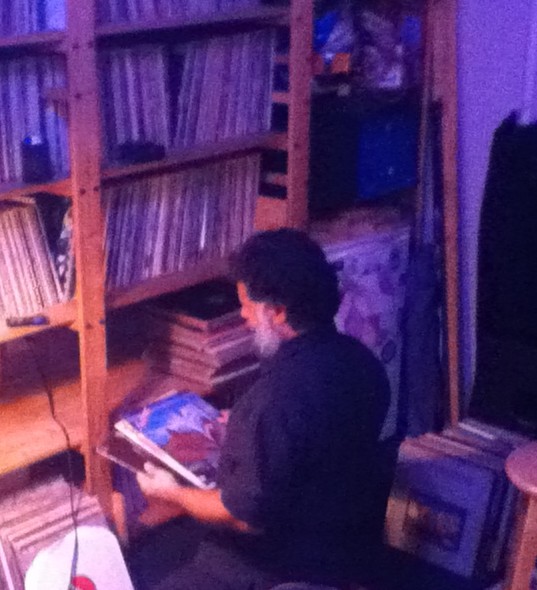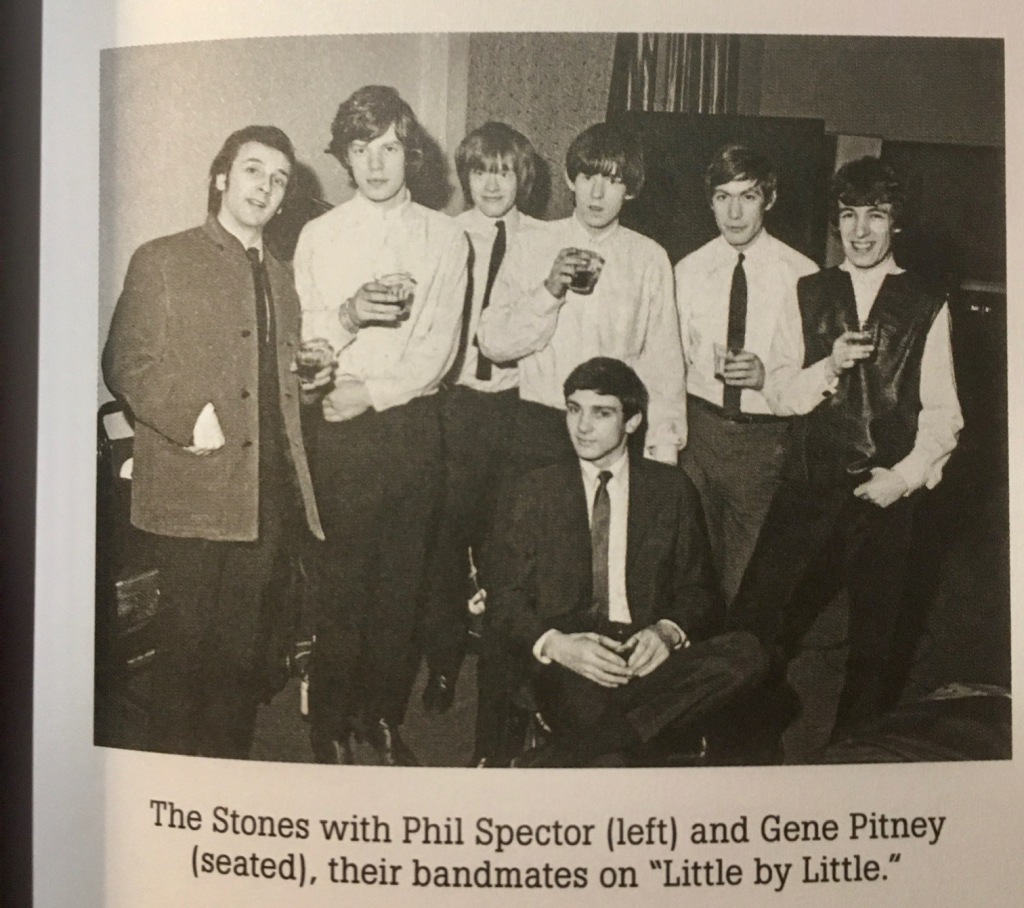This Elton mix features epics (and mini-epics.) Even prog rock fans can see the beauty in Funeral For A Friend/Love Lies Bleeding, and there are several more extended and complex pieces here, which, when separated from the albums they were featured on, shine even more brilliantly. Some of them have a dark, almost scary overtone- another deep, prominent color in Elton’s palette; almost always accompanied by edgy, complex orchestral arrangements. I really recommend listening to the songs in this order- that’s the whole point of this exercise. You can ALWAYS go back to the original albums, and after listening in this order, you’ll go back with open ears.
For those of you just joining this series, don’t miss the other installments!
Lowbrow Opera 1969-1976
- Funeral for A Friend/Love Lies Bleeding This extended piece is among his most well-known and loved. The Goodbye Yellow Brick Road album remains his best-selling, and what an opener! Millions of us sat entranced staring at the amazing album cover as kids, being blown away by the visions this medley conjures. Futuristic synthesizer and eerie sound effects, multiple monster guitar parts by Davey Johnstone, awesome claves by Ray Cooper? – all leading into one of Elton’s hardest rocking songs, lending this epic monstrosity perennial appeal.
- Medley: Yell Help, Wednesday Night, Ugly In 1975 Elton did the unthinkable- he fired Nigel Olsson and Dee Murray and formed a new Elton John band. The first release was a laid back, groove laden album, Rock of the Westies, which indeed shows off this new band to spectacular effect. The new members were old friends Caleb Quaye and Roger Pope, who had played on earlier EJ albums, as well as James Newton Howard. This is another medley, albeit less bombastic than Funeral>Bleeding- more fun and lighter in subject matter- the first section is obscure lyrically, but it seems to be the punchline, presented before the joke. (In other words, this medley only becomes decipherable after repeated listenings.) The third section is about a funky, UGLY prostitute the narrator falls for in the French Quarter, and features some of Elton’s wildest rocknroll vocals. It also features Labelle on wild backing vocals in the coda.
- Tonight Blue Moves was the second album by the new band, but the songwriting, arrangements and production were much more well-crafted than Rock of the Westies. By 1976 Elton’s reign was ending- punk had arrived and music was trending away from the type of pop of which he had been the almost untouchable, indisputable king since 1972. Blue Moves was the culmination of this reign, and even though it ONLY reached #3 on the U.S. Billboard album chart, a relative failure for Elton that other artists only dream of, it was almost universally panned at the time as overly slick and weepy. It took me years to fully enjoy the album, since by 1976 KISS had taken over for me and my friends, and Elton was suddenly passé. But I have since realized that this is perhaps his most perfectly realized album- Elton considers it his favorite. Tonight is a ballad with an extended orchestral arrangement that certainly belongs in this list of epics.
- First Episode at Hienton An underappreciated mini opera from the Elton John album, 1970. The story is about first love- a girl becoming a woman. The location Hienton remains mysterious, but this song seems invulnerable to time and place- it exists strongly in the mind of the listener.
- Candle in The Wind I love the juxtaposition of this popular and well known epic song among some of the lesser-known pieces. A true classic from GYBR, 1973, in loving tribute to Marilyn Monroe.
- Tower of Babel A mini epic, again shining on its own released from the original running order. It refers to the seedy underbelly of… Hollywood, and the movie business? London, and the music business? New York, with every drug imaginable readily available?
It’s party time for the guys in the Tower of Babel, Sodom meet Gomorrah, Cain meet Abel
Have a ball, y’all See the leches crawl, with the call girls under the table…
Shades of Marilyn… From Captain Fantastic, 1975.
- Hard Luck Story This had been previously recorded by Kiki Dee, who it was originally written for. The writing credit goes to Ann Orson/Carte Blanche- a pseudonym Elton came up with for songs he wrote the music and lyrics to (An ‘orse an’ cart / carte blanche.) The fade up at the beginning of the song is similar to the one used on Social Disease, as well as the next song. From Rock of the Westies, 1975.
- Crazy Water Another well produced, well arranged track with a slight fade up, this song is one of several that must have seemed incredibly boring at the time- perhaps because they so clearly represent that the writers and have grown into early middle age. Again, as time has passed this one now seems comfortably well adjusted. What a band- listen to how James Newton Howard’s clavinet locks the rhythm section together! Super imaginative and complex backing vocals too. Blue Moves, 1976.
- I Need You to Turn To An operatic love song, with harpsichord and prominent string arrangement, from the Elton John album, 1970. It occurs to me that this album was made in obscurity and later became very well known, whereas Blue Moves was released under the intense scrutiny of Elton’s fame, and yet they generally share the same mature subject matter- appreciated in the first album, excoriated in the latter.
- I’ve Seen That Movie Too This cinematic, atmospheric song can also stand mightily on its own, taken out of the context of the original album. It perfectly evokes a smoky, darkened movie theatre; a lonely, spurned lover in the audience being painfully reminded of lost love by the story of some low budget ‘B film.’ GYBR, 1973.
- The Greatest Discovery This is about a new baby brother joining a family, seemingly from another child’s point of view. Several songs from this album seem wise beyond their years- this one again features harp, cello and a lovely string arrangement, as well as Elton’s piano and a drummer. From Elton John, 1970.
- Madman Across the Water The song embodies, perhaps most fully and concisely of any of these, Elton’s propensity to write EPIC songs. From the album of the same name, 1971.
- Gulliver/Hay Chewed The final track from Elton’s first album, Empty Sky, released in England in 1969, which wasn’t released until 1975 in the U.S. Many of us always consider ‘Elton John’ to be his first album- one reason I kept going back and refining these mixes was that I needed to incorporate more songs from Empty Sky- I have definitely listened to it WAY less than his others. This track starts with an ominous, epic ballad, then gives way to a jazz influenced jam, which is followed by snippets of each song from the album.
- Out of the Blue When Blue Moves was released, one of the things the negative reviews mentioned was that there were several instrumentals done ‘to the exclusion of sense.’ But this tune is a showcase for the band, both collectively and individually as soloists. Elton’s piano solo has overtones of atonal jazz, with some Latin sounds as well, leading into well-arranged stops, and back to the head. A section of it was used as the closing title music for Top Gear, a British TV music program. Oddly, credit for the music goes to Elton and Bernie. Blue Moves, 1976.









